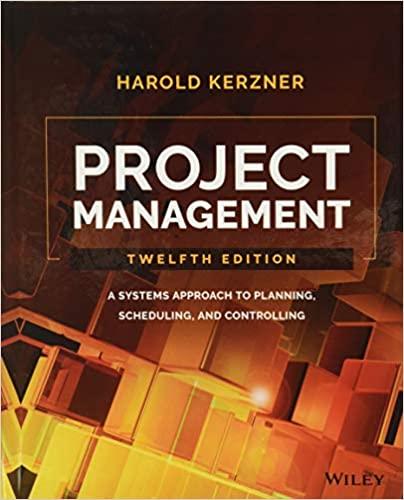Kindly write an appropriate/suitable
Appendix for the capstone given below regarding small-scale farmers in a certain community in the Philippines using raw data. Thank you
Objectives of the Capstone Project The core objectives of this capstone project are as follows: 1. Assess Current Market Access Challenges: This capstone project's main goal is to perform a thorough analysis of current obstacles that small-scale farmers experience in reaching markets. Analyzing aspects including transportation, infrastructure, market data, and regulatory restrictions is part of this process 2. Identify Market Access Barriers: To develop a comprehensive grasp of the obstacles that small- scale farmers must overcome to effectively access markets and to build targeted tactics, this aim entails classifying obstacles into several forms such as physical, economic, and informational. 3. Evaluate Technological Solutions: To crucially investigate and assess how technology-based solutions, such as mobile applications, and online markets might help small-scale farmers gain better access to the market. 4. Examine Market Trends and Demand: To determine present and future customer wants and market trends, it is crucial to do market research to learn what kinds of things consumers prefer, such as niche, organic, or locally sourced goods to get a grasp of the methods that need to be adjusted to suit consumers' tastes. 5. Encourage Sustainable Agriculture: This aims to encourage sustainable agricultural practices among small-scale farmers, emphasizing environmental responsibility and product quality. This goal is compatible with more general sustainability objectives and customer preferences. Set of research problems of the Capstone Project The project will dive into several critical research problems such as; 1. Infrastructure and Transportation Restraints: In many rural locations, poor transportation and infrastructure can make it difficult for farmers to deliver their goods to markets effectively. What methods can Small-scale farmers use to overcome these physical barriers and enhance their accessibility to transportation systems? 2. Market Information Gap: Small-scale farmers sometimes don't have access to up-to-date, reliable market data, making it difficult to decide what crops to cultivate and when to sell. How can Small-scale farmers gain access to the most recent market information to close this gap? 3. Technological Adoption: Although it may significantly improve market access, small-scale farmers may have trouble embracing and properly utilizing technology, What are the obstacles Small-scale farmers face in terms of new technology implementations and how can this be addressed? 4. Market Diversity: Due to their reliance on a small number of marketplaces, small-scale farmers sometimes have few alternatives for selling their goods. How can farmers spread their market reach to lessen exposure to price swings? 5. Sustainability Practices: Promoting sustainable agriculture methods is crucial for gaining access to markets in the long run. What are the best tactics that can be implemented for small-scale farmers to be encouraged to use sustainable farming methods? Scope and Limitations of the Capstone Project Scope Geographic Scope: This capstone project will primarily focus on a specific geographic community, such is a rural area, or a specific district. The choice of location will depend on available resources and the relevance of the research to the chosen area. Farmers' Categories: The project will primarily target small-scale farmers, defined based on criteria such as land size, income, or production scale. While other farmers may also face market access challenges. this project will concentrate on the chosen group. Market Types: The project will consider some types of markets, specifically local markets and potential linkages to larger markets. It will explore both traditional and emerging market channels, such as online platforms. Market Products: The project will tackle a range of products, which may include crops, livestock, and value-added products. The specific product focus will depend on the local context and the prevailing agricultural activities. Limitations Resource Constraints: The project will not tackle the financial and statistical aspects of such for it may restrict the extent of data collection, interventions, and the scope of the project. This could affect the depth and broadness of the topic. Data Availability: The availability of accurate and up to-date data, especially in rural areas, can be challenging, Data limitations may affect the precision of the research findings. External Factors: Market access for small-scale farmers can be influenced by external factors such as political stability, climate events, and global market dynamics. These factors may be beyond the scope of the project's control Long-Term Impact: The project's ability to measure and assess long-term impact may be limited by its timeframe. Some effects of market access interventions may take quite a period to fully materialize Market Volatility: The project may not fully eliminate the impact of market volatility on small-scale







